Wood Buffalo National Park is one of Alberta’s, if not Canada’s, best kept secrets. It is Canada’s largest National Park (2nd largest in the world), it is UNESCO World Heritage listed as of 1983, and it contains the world’s largest herd of free roaming bison, but its uniqueness doesn’t stop there. How about walking out onto Canada’s only salt flat, stargazing in the largest dark sky preserve in the world which is perfect for observing the aurora borealis displays common at this latitude, catching sight of wildlife including the endangered whooping crane which is protected here within a Ramsar site (Wetland of international significance – Wood Buffalo National Park has two of these areas making it the only National park in the world with two – the other is for the Peace-Athabasca River Delta), paddling one of the many rivers and lakes in summer, or staying in one of two equipped cabins in the heart of the park year-round!
Larger than the size of Switzerland, Wood Buffalo National Park hides behind it’s perceived inaccessibility in the North Eastern corner of Alberta, keeping it a secret from many a traveler. What you find when you arrive is unlike anywhere else you will have ever been!
How to get there
In fact it’s not that hard to access, it’s the perfect road-trip destination if you have some time up your sleeve and a great location to bring the family to enjoy and experience nature. Most common starting points are Edmonton (14 hr drive) in Alberta or Yellowknife (8.5hr drive) in the Northwest Territories. You can also choose to fly directly to Fort Smith right on the edge of the National Park which has a full service commercial airport with regular flights from Edmonton, Fort McMurray & Yellowknife. The map below shows you the year round access point for Wood Buffalo National Park. As you can see regardless of your starting point you will need to approach it from the Northwest Territories. The roads are paved the whole way until the park entrance where a very good gravel road begins. There are some great stops as well as wildlife viewing opportunities with the wide road shoulders along the way.
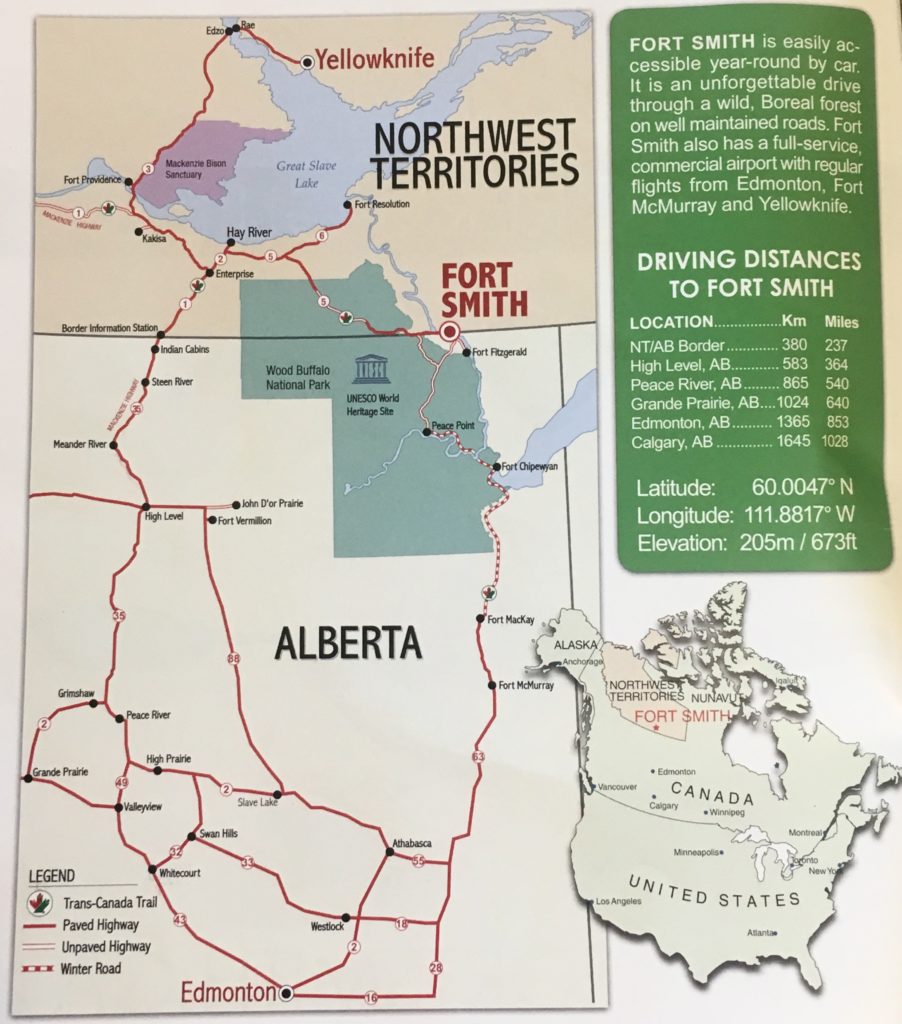
- There is also access from the South on the ‘Ice Road’ from Fort McMurray to Fort Chipeywan to Wood Buffalo National Park between around mid December-mid March depending on ice conditions. This route requires more preparation and planning as weather and driving can be hazardous at that time of year and it is used by commercial trucks but don’t discount it. The history and winter wildlife you can experience is reason enough to take on the adventure.
When to go
Year Round! Wood Buffalo National Park is more of a summer destination with May-August being the most popular months – more comfortable temperatures, easier driving conditions, camping & paddling opportunities mean this will always be the case. I personally can’t wait to experience the ice road in winter and visit Fort Chipeywan, Alberta’s oldest European settlement (1788) and first fur trading post (Titles it shares with Fort Vermilion further West along the Peace River)
My recommendation though is Spring or Fall. March (Spring – all the included photos here are from late March) and September (Fall) in Wood Buffalo National Park for these reasons;
- No mosquitoes or bugs that are common in summer with the abundant surrounding wetlands. 32,000 insect species make Wood Buffalo National Park home to be exact.
- Aurora Borealis/Night sky viewing opportunities increase with more darkness. The extreme summer daylight hours mean you don’t get much, if any, darkness to witness the night sky. The nights are also often more bearable temperature-wise in March or September than in the depths of winter too when there is tons of darkness to see the night sky. March or September is the perfect trade off.
- In March there are great opportunities to cross country ski, snowshoe, ice fish & experience winter camping – these activities are organized out of Fort Smith, NWT just at the entrance to the National Park but you can also experience some of these things within Wood Buffalo National Park too.
- In early September the fall colors come alive adding to the natural beauty of the area giving an extra edge to your photographs.
What to do
Salt Plains
This is a must see, Canada’s only salt flat! One of the only elevated viewpoints you can find in Wood Buffalo National Park too. It is the perfect place to wait for sunrise and then to take the short trail down onto the salt flats themselves where its an option to lose your shoes and go barefoot as you explore in the sandy/muddy terrain. Looking at the piles of salt next to the surrounding snow was interesting to see when I was there. The texture was the only giveaway.
The salt resistant plant red samphire grows abundantly here and can be best seen painting the landscape red in summer/fall.
Getting there – Make sure you take the signed turn-off from highway 5 in the Northwest Territories before reaching Fort Smith and drive about 10km on a good dirt road open year round (and accessible to all car types) into Alberta along the way. If you have a 4wd in summer months you can continue along this road (Parsons Lake Road) and connect up with the only other road in Wood Buffalo National Park near Pine Lake.
Grosbeak Lake
My favorite location in Wood Buffalo National Park! Don’t miss this place. It is a short 1 km hike or snowshoe from the main road shortly after the main entrance to the park. There are more extensive trails that link up in several loop options but if you are short on time do this one. There are more than 1000 glacial erratics (granitic boulders) deposited along the edge of the lake by the last retreating glacier (10,000 years ago) and coming in all different shapes, colors, sizes and textures. A great place to take off your shoes as it can get muddy. Marvel at the animal tracks around you & maybe you will even be lucky enough to witness something in the wide open terrain. I came back twice it was so interesting and I still only explored about half of the rock formations! In time these will disintegrate to nothing due to the freeze thaw cycle and corrosion by salt.
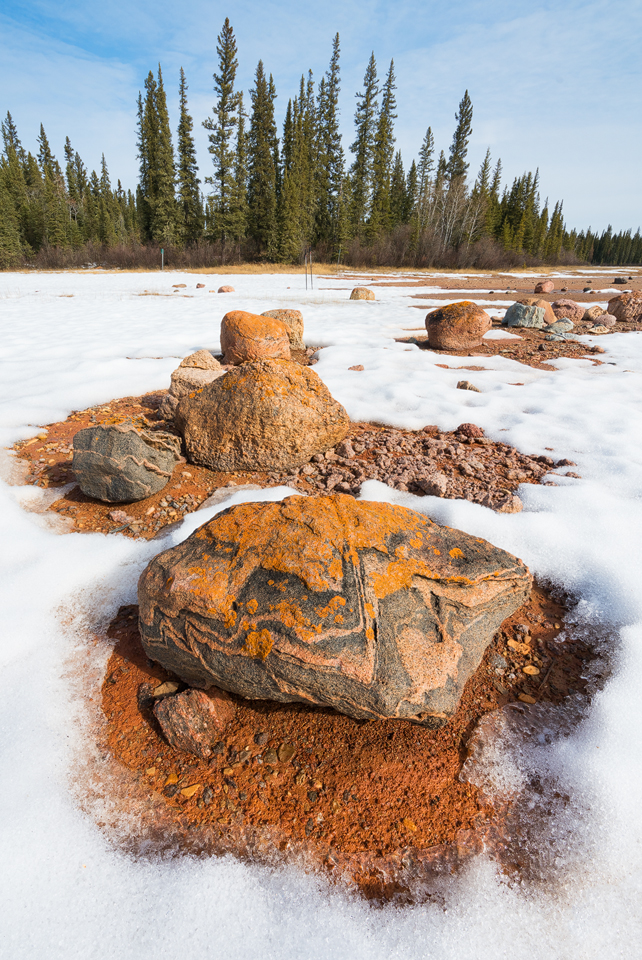
Erratics in the snow 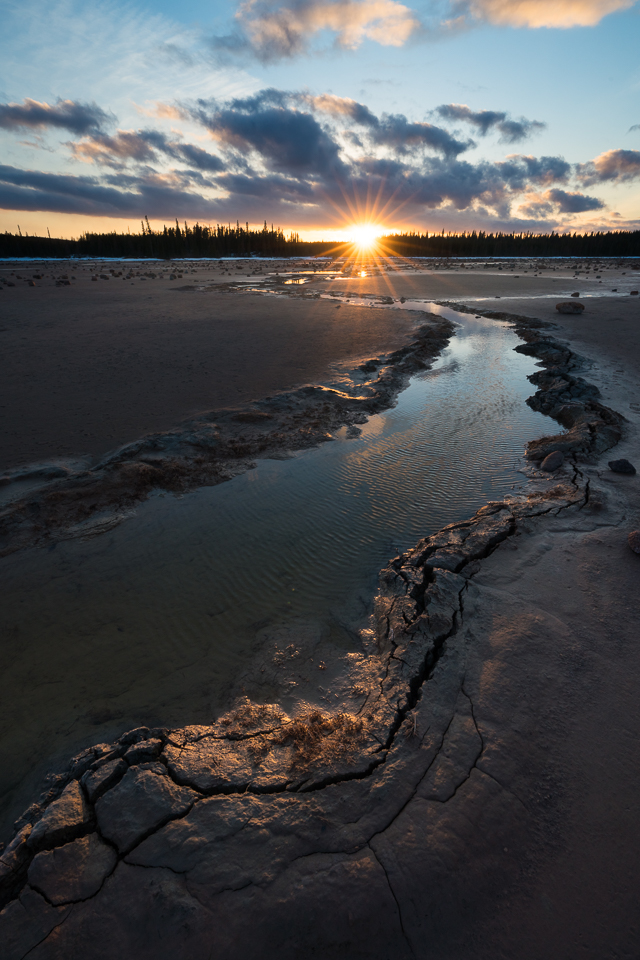
A river of mud 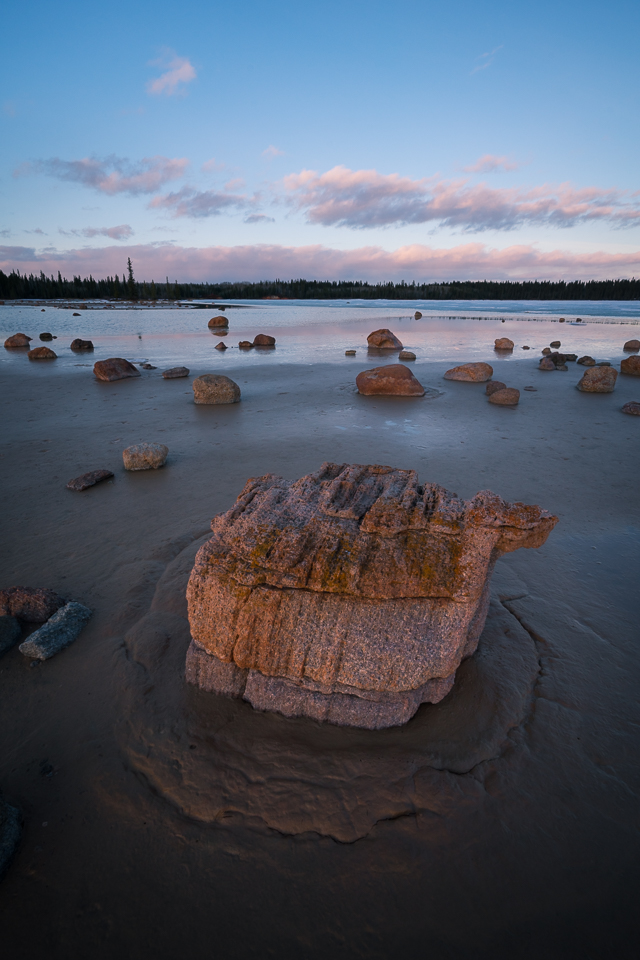
Thud! Glacial erratics everywhere. 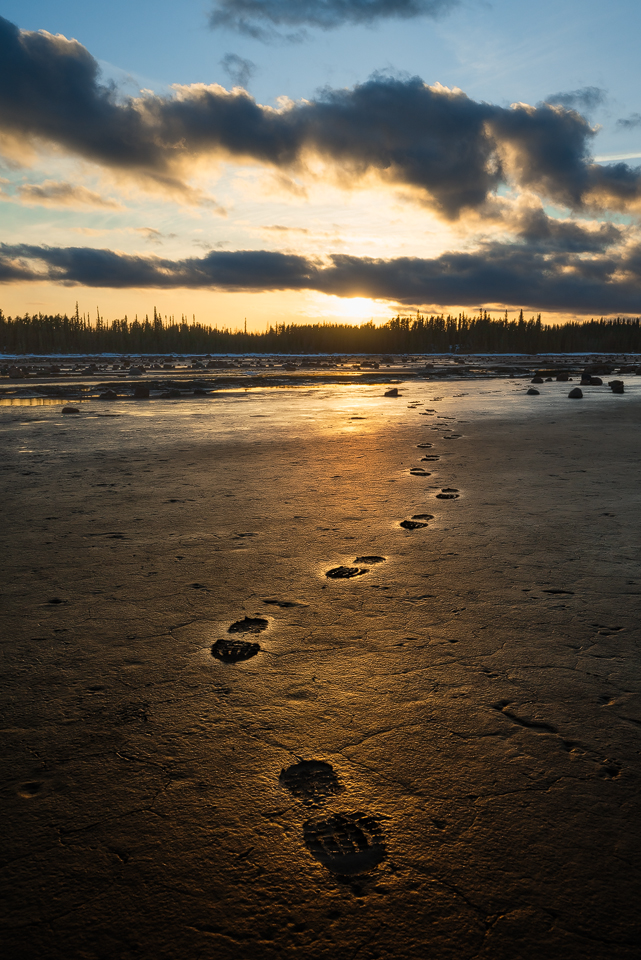
Footprints at sunset 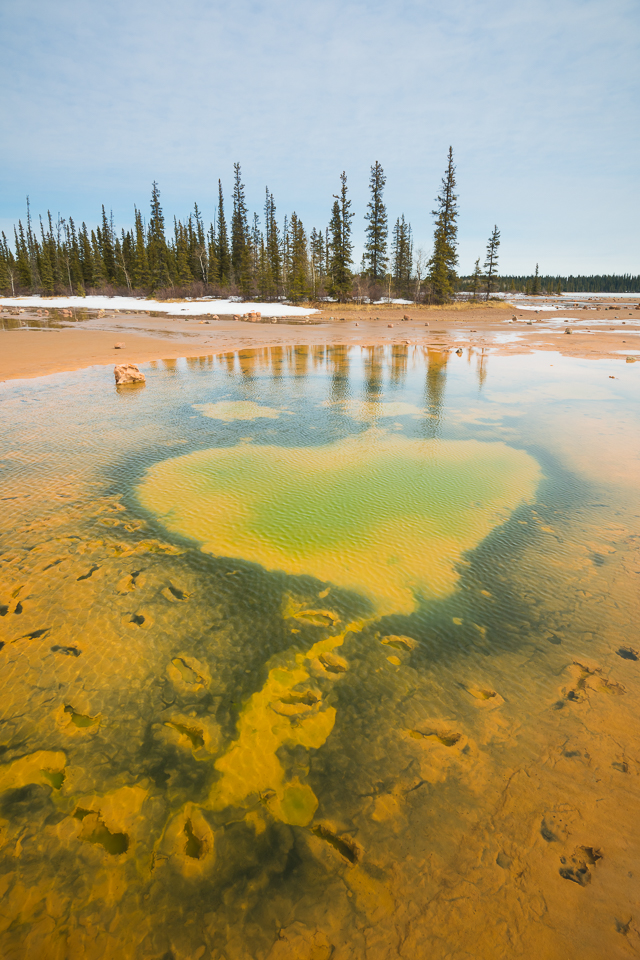
A green heart of algae!
Karst Landscape
Wood Buffalo National Park is built on top of Karst rock formation which is incredibly porous and means that a large amount of sinkholes, caves and lakes have developed over the years. This unique geology is one of the reasons Wood Buffalo National Park is world heritage listed. You can best see this at two locations – The ‘Angus’ sinkhole which is one of the first rest areas/interpretive stops along highway 5 in the Northwest Territories shortly after entering the National Park for the first time (before Fort Smith) as well as along the Karstland Trail in Alberta right at the National Park entrance (after Fort Smith).
Stargazing
I would come to Wood Buffalo National Park for this reason alone! It is actually the largest dark sky preserve in the world meaning the constellations and the aurora borealis are very easy to observe set against such a deeply rich night sky unaffected by any competing light pollution. This is increasingly rare and we are lucky to be able to go to a place like this and truly contemplate. The best place for this would be at Pine Lake right in the National Park either camping or staying at one of the two Parks Canada cabins which have a unique sky viewing structure built exactly for this purpose in a circular, reclined form. There is even a concrete centerpiece to set up a telescope on. Very well thought out. Down along the edge of the Slave River in Fort Smith is an excellent back up option as well as at the Star Park located near the airport.
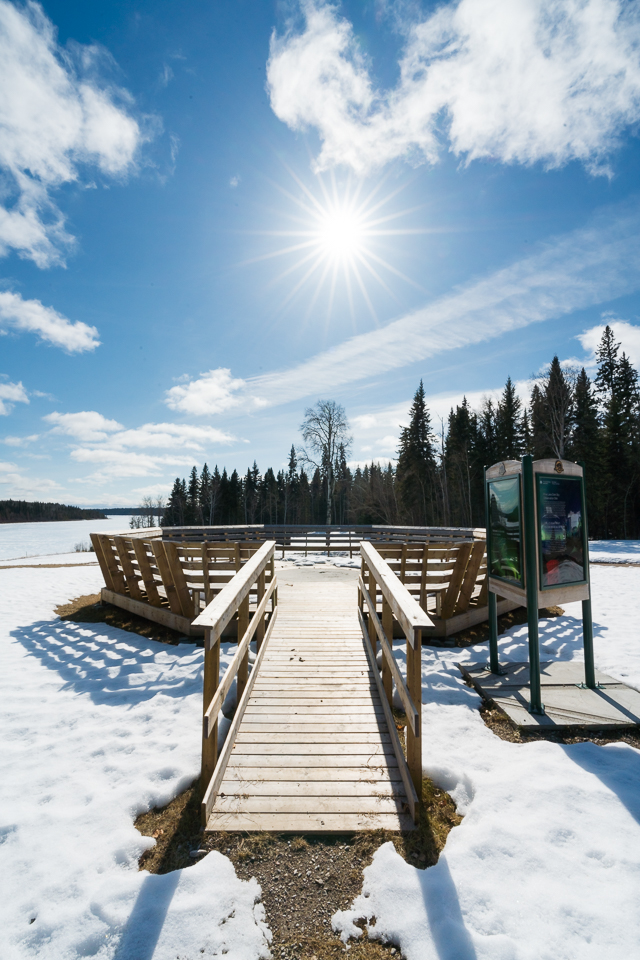
There is a dark sky festival held here near the end of summer in late August too. Building your road trip around an event like this would be an excellent idea – it is usually held on the 3rd weekend in August. Registration is required and information is available from the Wood Buffalo National Park Visitor Centre (867-872-7960) or the Thebacha & Wood Buffalo Astronomical Society (867-872-0243/info@tawbas.ca)
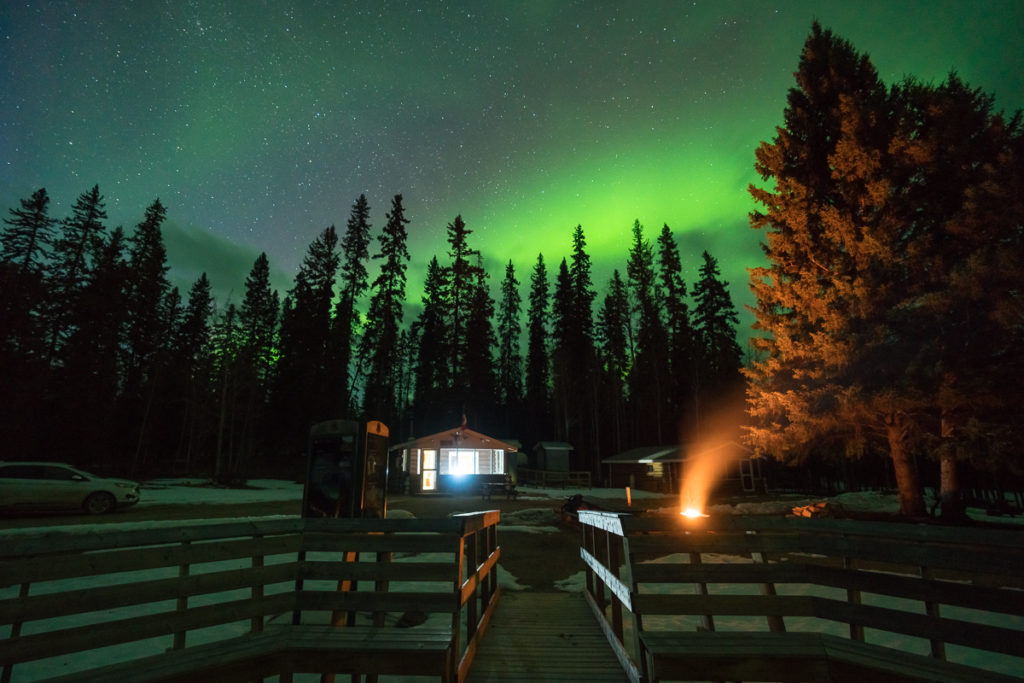
Sky circle aurora viewing 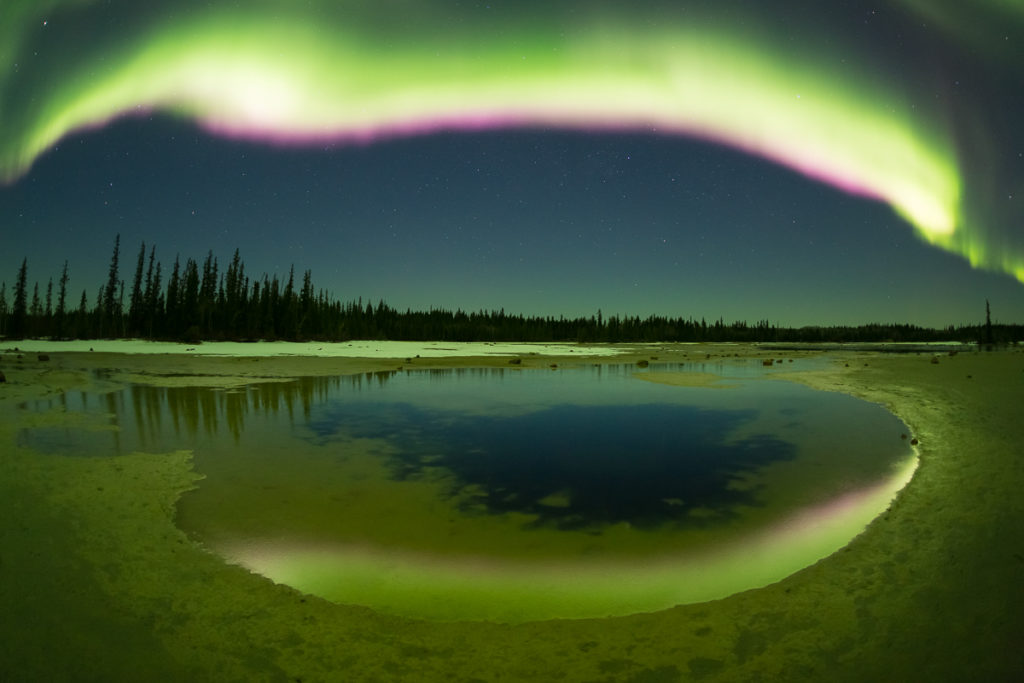
Pink underlining on the aurora 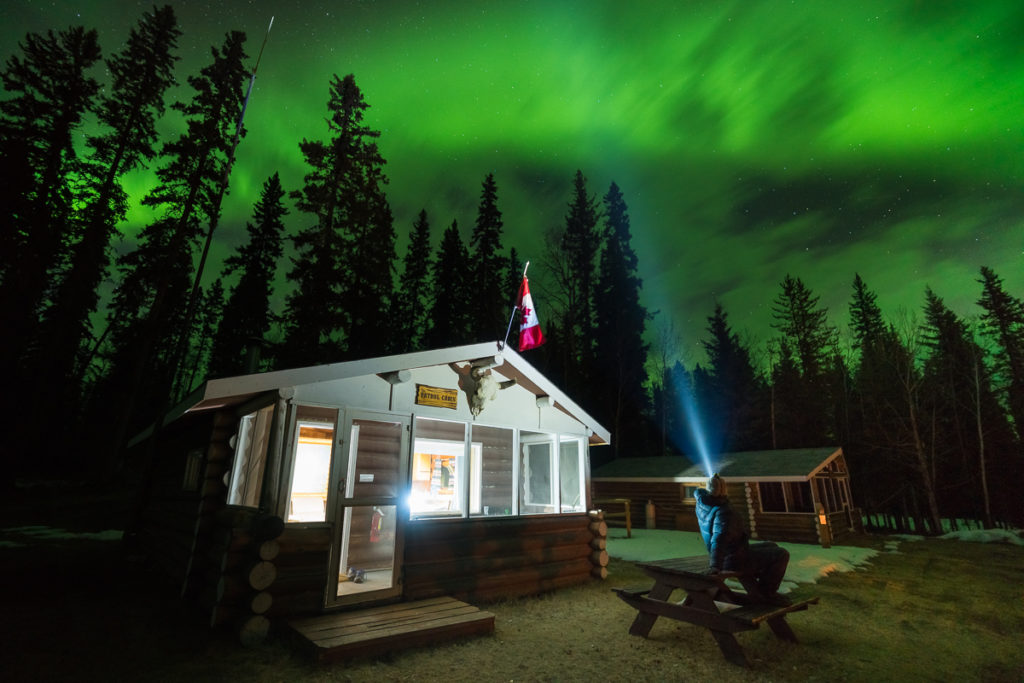
Aurora viewing at the Patrol & Aurora Cabins 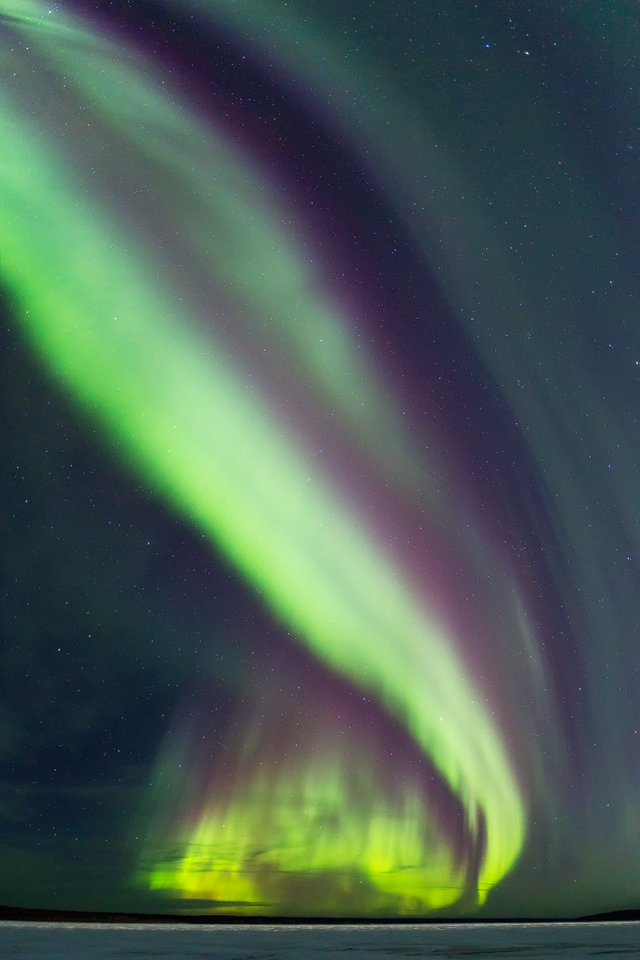
The auroral oval charging up 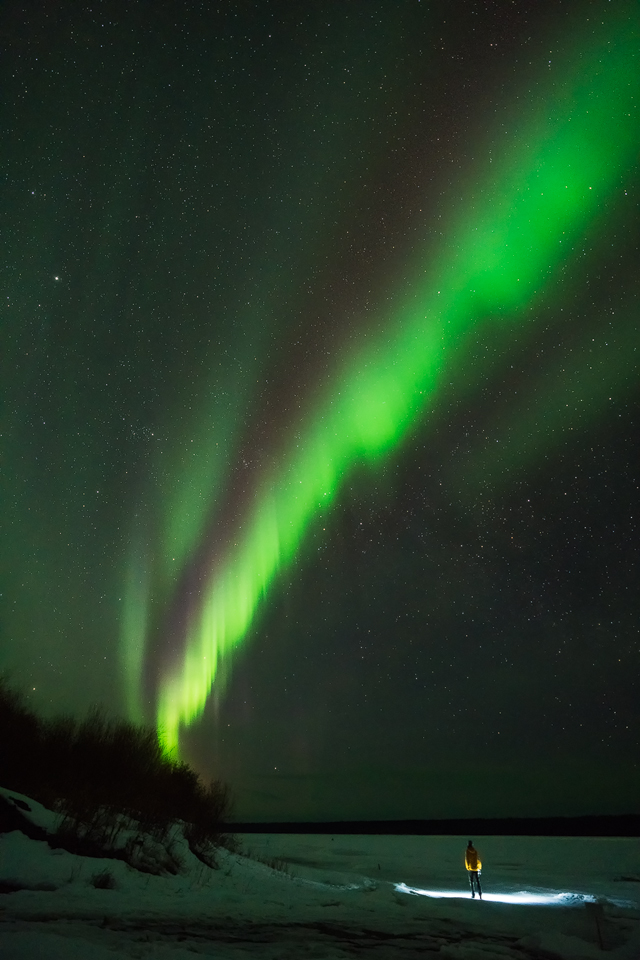
Alone under the stars on the Slave River
Wildlife viewing
You won’t miss the wood bison year round along the roadways although they do have a habit of ‘hiding when the family comes to visit’ as one local put it at the Fort Smith Tim Hortons. I saw a couple of them grazing for grasses along the highway and they were still in the same spot the following evening. Dawn and dusk are better times to see them when it is cooler and they are more active. On a drive to Peace Point in the heart of Wood Buffalo National Park I saw a lot of signs of Bison including the wallows where they lie down and roll around creating an indent in the earth. The National Park was created in 1922 to save Wood Bison from extinction and initially this meant bringing a whole lot of Plains Bison up which nearly decimated them due to the different diseases they had. Since then careful management has brought Wood Bison populations back up although many Bison are a mix of Wood & Plains. Current numbers are estimated at 5000 within the park and they are distributed into the sub-populations shown below. Give them a lot of space, they are especially aggressive in late summer during mating season – if their tail is up drive away or you risk getting your car dinged up. They can cover 100m in 7 seconds which is faster than Usain Bolt!
Along with the wood bison there are moose, black bears, timber-wolves, red foxes, lynx, peregrine falcons, great blue herons, bald eagles, red-sided garter snakes (best seen in May along the Karstland Trail), great grey owls, spruce & ruffed grouse, snowshoe hare, sandhill & whooping cranes, hawks, beavers, white tailed deer, funnel spiders & Canadian toads along with many more. 85 mammals, and half of the birds in North America which is amazing! 30% of those birds breed here. Most leave for the winter months so spring and summer is the best time for bird watching. These numbers really reveal how special this place is – there are even important fish migrations going on beneath the surface too.
Paddling
Wood Buffalo National Park and the Slave River offer many opportunities for paddling trips for different people of different skill levels. Warm water & rapids that people come from around the world to run (up to class 6 on the Rapids of the Drowned). There is a week-long event called the Slave River paddlefest held in the first week of August (August 2-5 2019) which includes canoe races, guided hikes to the rapids, learn to kayak clinics and the learning of traditional Dene games – The indigenous Dene and the Metis hunted and fished in the area and used the rivers for transportation, following the animals and the seasons.
Snowshoeing/Skiing/Ice fishing
Wood Buffalo National Park offers you the chance to explore a winter wonderland on snowshoes or skis, following any of the popular summer hiking trails. Pine Lake is a great place to clear the ice off and play some ice hockey too. Nearby in Fort Smith it is a cross country skiing haven with many kilometers of groomed trails, a Nordic ski club, and the annual Thebacha Loppett held on the first Saturday in March. It is a 27.5km classic ski tour – the oldest in Western Canada – from Fort Fitzgerald, Alberta to Fort Smith, NWT following the Trans Canada Trail. March is the best time to experience these activities as the temperatures are up, daylight is increasing & there is still lots of snow. Also held in March is the annual Ice fishing derby in Fort Smith which includes the option to experience winter camping.
The Rapids
Just outside of Fort Smith over the border in Alberta you can find a series of rapids, 4 main sets, between Fort Fitzgerald and Fort Smith. They are a real highlight of the area and I highly recommend checking out Pelican Rapids (pictured in the gallery below). It is a 45 minute hike from halfway meadows which is not signed – it’s simply the only pullout half way to Fort Fitzgerald (when driving from Fort Smith). A short 1km downhill takes you to a bridge, cross it, then uphill meandering through forest for a few km’s before taking a sharp left downhill and out onto a beautiful pink granite headland which extends right out for a close up view of the rapids. I also visited Mountain Rapids which is a shorter hike and has a pelican colony (It is their northernmost nesting ground). These rapids were a huge challenge to get around for the indigenous people, as well as for fur traders and explorers – so much so they had to portage most of the 27km around them – which is known as the ‘Desnedhe Trail’ (A magnificent section of the Trans Canada Trail – and also the same trail that the Thebacha Ski Loppett follows)
Where to stay
The Patrol Cabin & The Aurora Cabin – Pine Lake
My first recommendation is to see if these cabins are available – two cozy ‘cottages’ right in the heart of Wood Buffalo National Park on the edge of Pine Lake. They can be booked online via a Parks Canada Reservation System and are available year round! (Only on weekends in the winter months though and you will need to bring your own water/sleeping gear). This is where I stayed for 2 nights and I absolutely loved it – I really hoped that I would wake up to Bison in the huge field out in front of them overlooking the lake – there was a lot of evidence that this happens but none showed up for me. There was plenty of chopped wood for the fireplace and it felt remote but comfortable as I am used to roughing it in a tent when I am in the backcountry or a National Park.
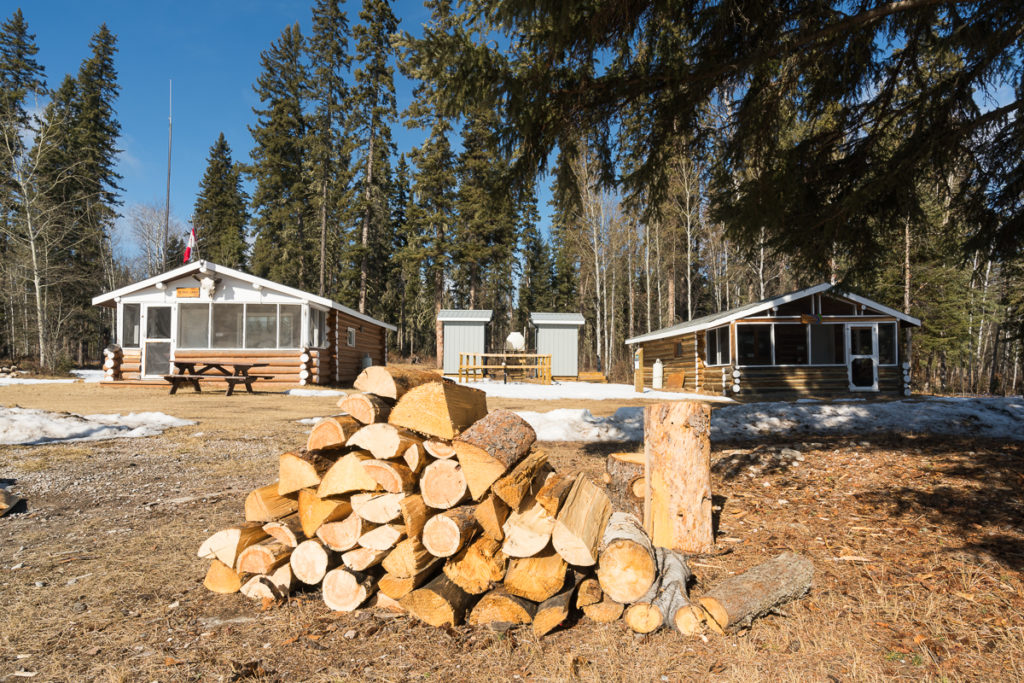
Patrol Cabin & Aurora Cabin 
Couch & fireplace 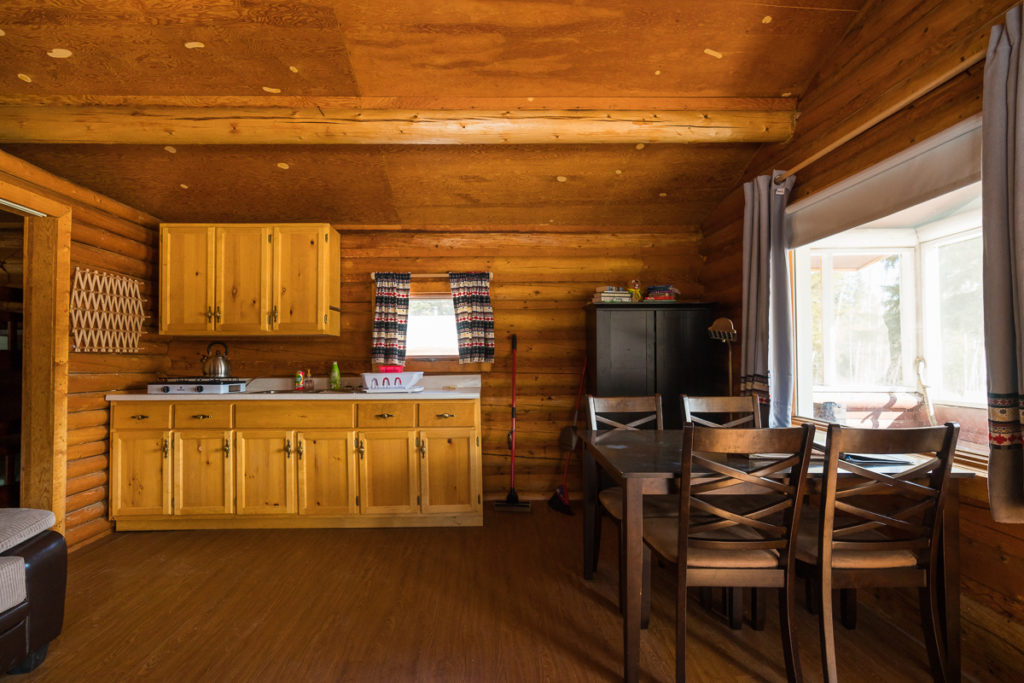
Kitchen & dining area 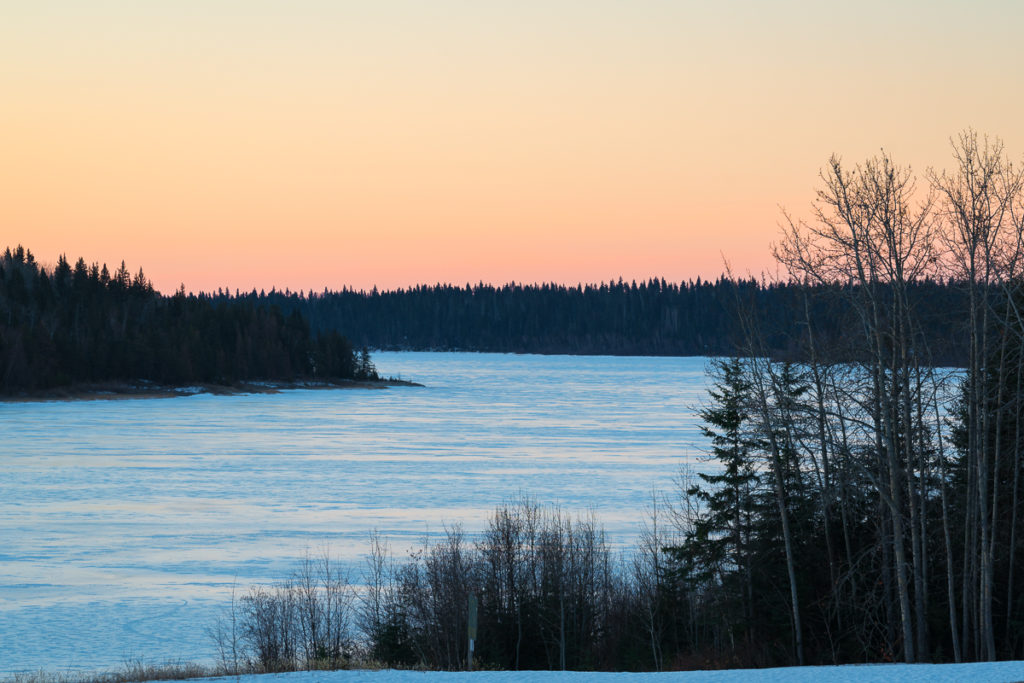
View from the front doorstep of Pine Lake 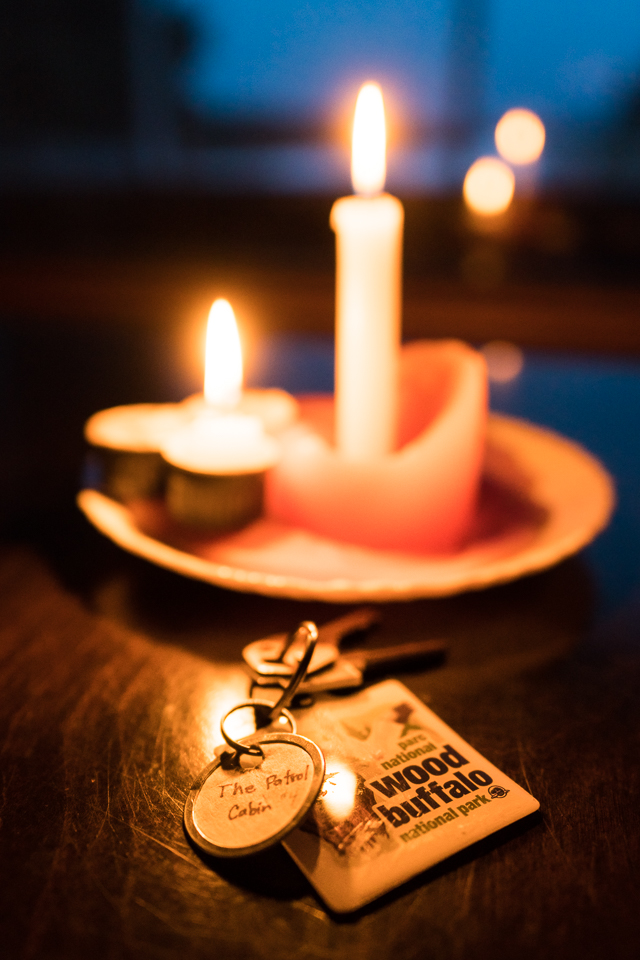
Candlelit evening 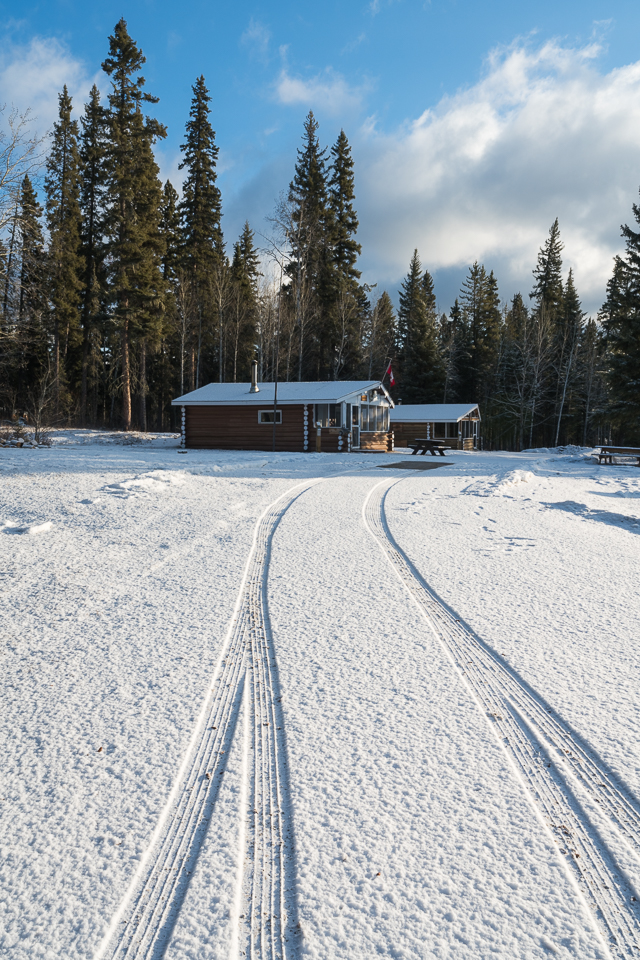
Fresh snow!
Camping – Pine Lake (Summer)
If you come in summer explore some of the camping options in Wood Buffalo National Park. Pine Lake campground (open May long weekend to the end of September) has 19 non serviced sites. It is self registration. If you have a group of more than 8 you can also reserve Kettle Point group camp, a lakeside facility on Pine Lake (call 867-872-7960 after April 1st to reserve). Backcountry camping options exist at Sweetgrass Station and Rainbow Lakes – enquire at the Parks Canada information centre in Fort Smith.
Fort Smith
There is a fully serviced campground on the edge of town (Queen Elizabeth Territorial Park) open May 15th-Sept 15th and also a year round campground (Thebacha campground) which is a 20min drive NW of town.
The Pelican Rapids Inn & the Wood Buffalo Inn are both nice hotels and the Whispering Pines Cottages is also worth looking into as they have good options for groups.
An aerial perspective of Wood Buffalo National Park
It can be difficult to fathom the wilderness of Wood Buffalo National Park since there are not a lot of viewpoints of height other than the salt plains lookout so if you can I highly recommend an aerial sightseeing flight with North West Air located at the airport right on the edge of Fort Smith. We flew in a Cessna for 1 hour and it gave me another level of appreciation for this region seeing hundreds of sinkholes, and vast wetlands from above. A flight in fall with all the colors would be incredible.
A tip for the road trip to Wood Buffalo National Park
So you’ve committed to the road trip to Wood Buffalo National Park. If you are driving up from Edmonton like I was then about half way is a town called La Crete. Not only does it have the best looking & coziest Air BnB cabin (Cabin in The Woods), the bakery in La Crete is one of the best. You MUST get the ‘butterhorns’. Wow. I added 45 minutes to a 12 drive on the way home just to get more of them.
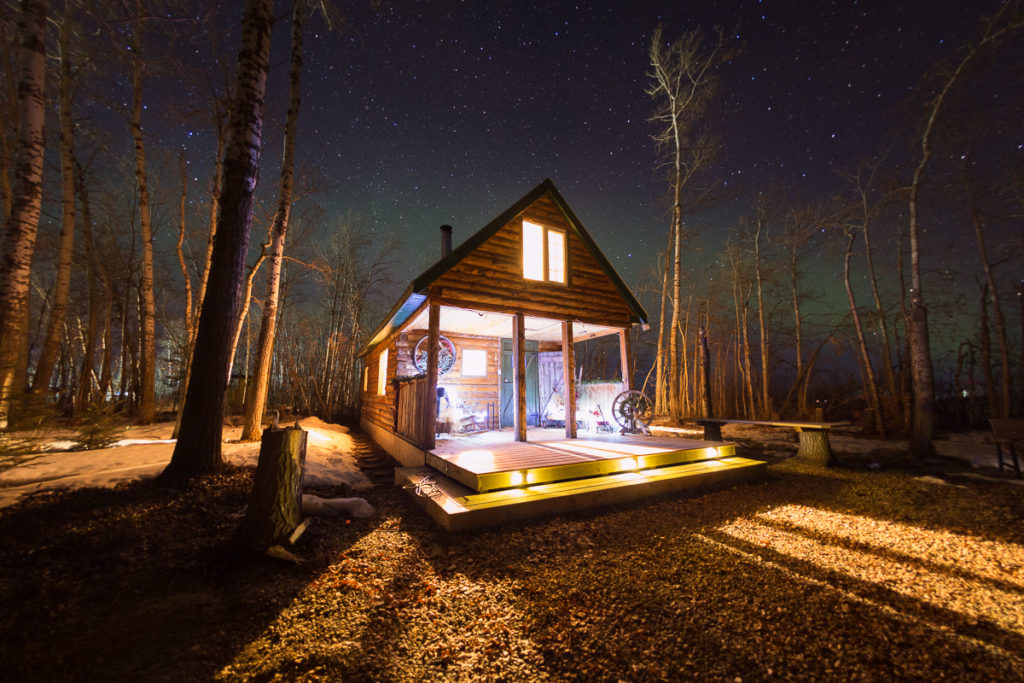
Also you can find a wealth of information on things to do during your stay in Alberta here at Travel Alberta – that was how I found out about the Cabin in The Woods in La Crete.
Canadian Aurora photography workshop – register your interest
If you are interested I am offering aurora chasing photography workshops starting next year (2020) in Yellowknife in the Northwest Territories. These will be held in late August/early September and who knows, maybe we will chase the lights all the way to Wood Buffalo National Park since its not that far away! Contact me for more details:
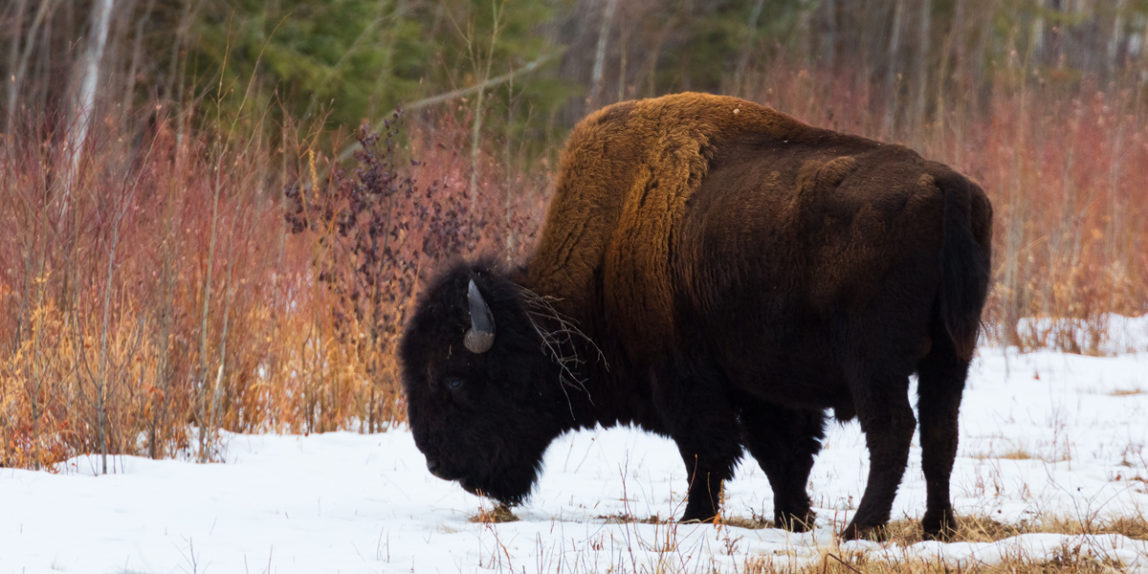
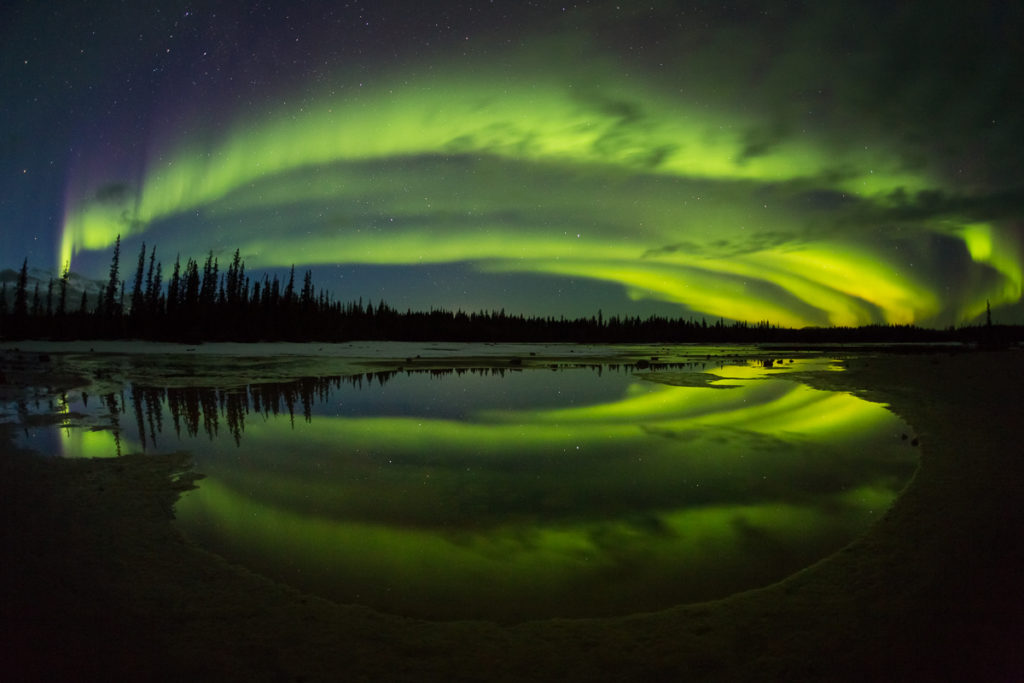
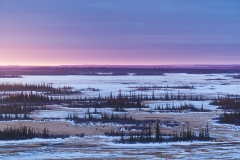
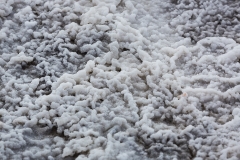
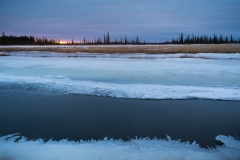
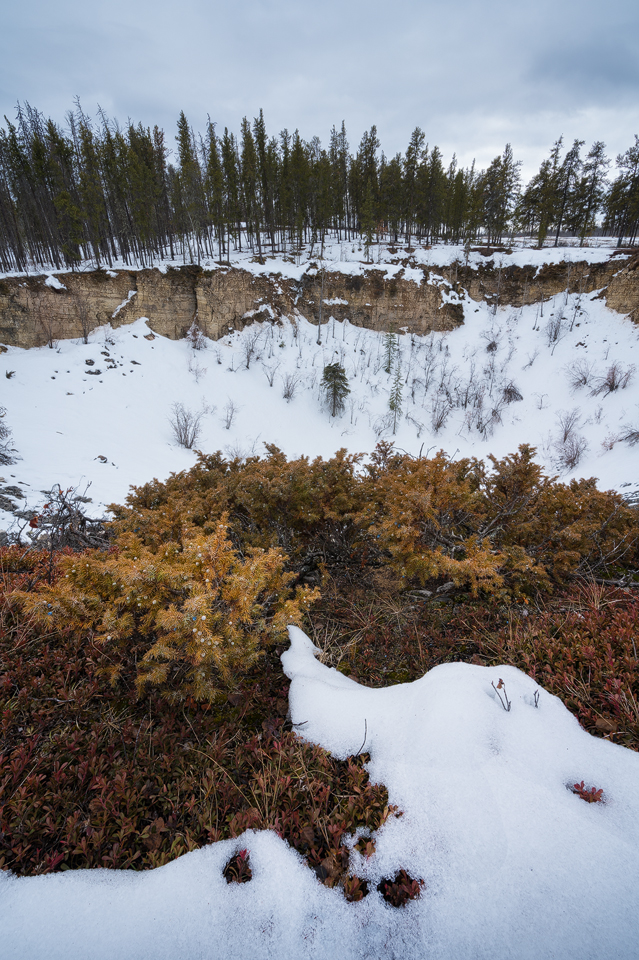
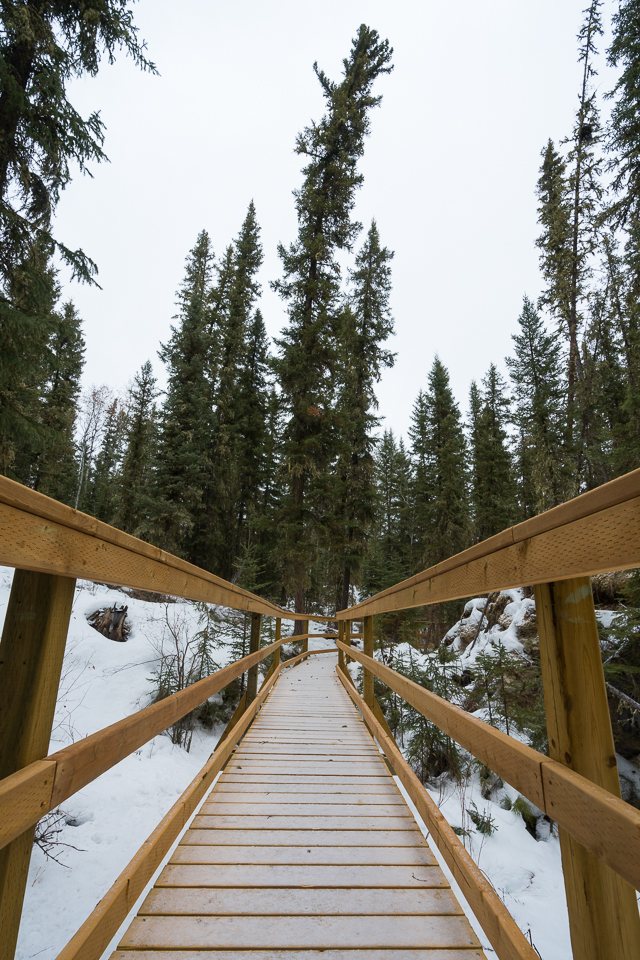
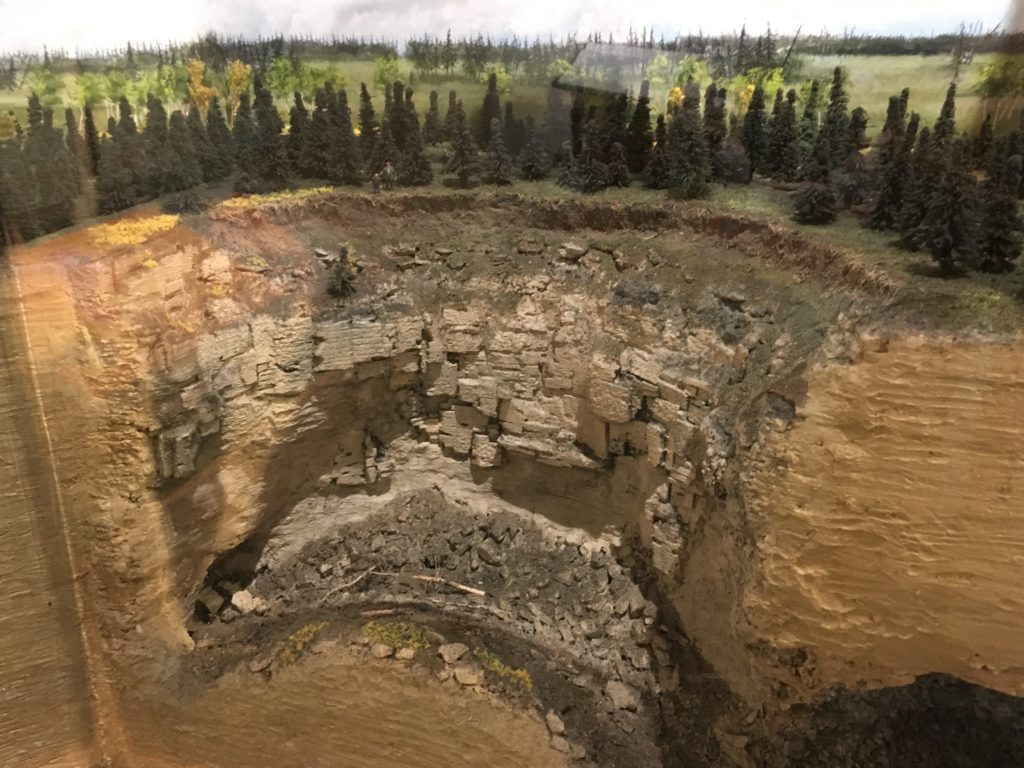
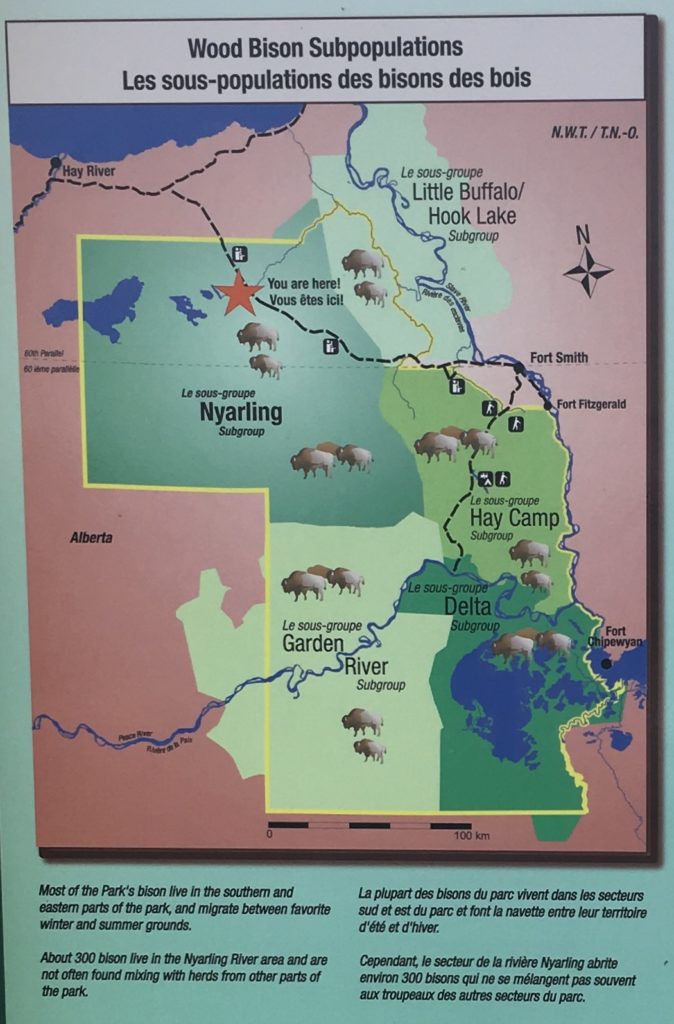
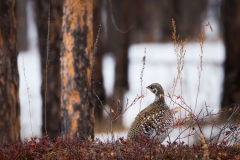
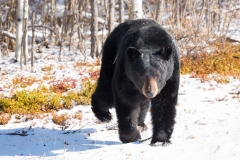
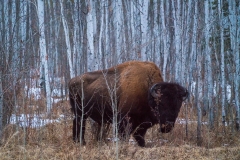
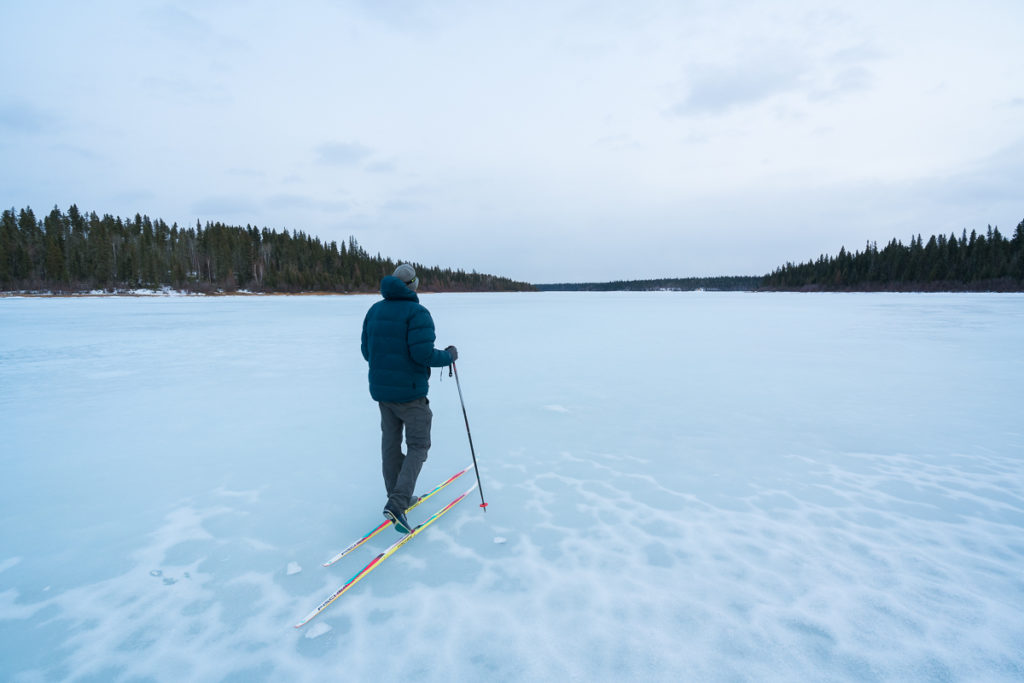
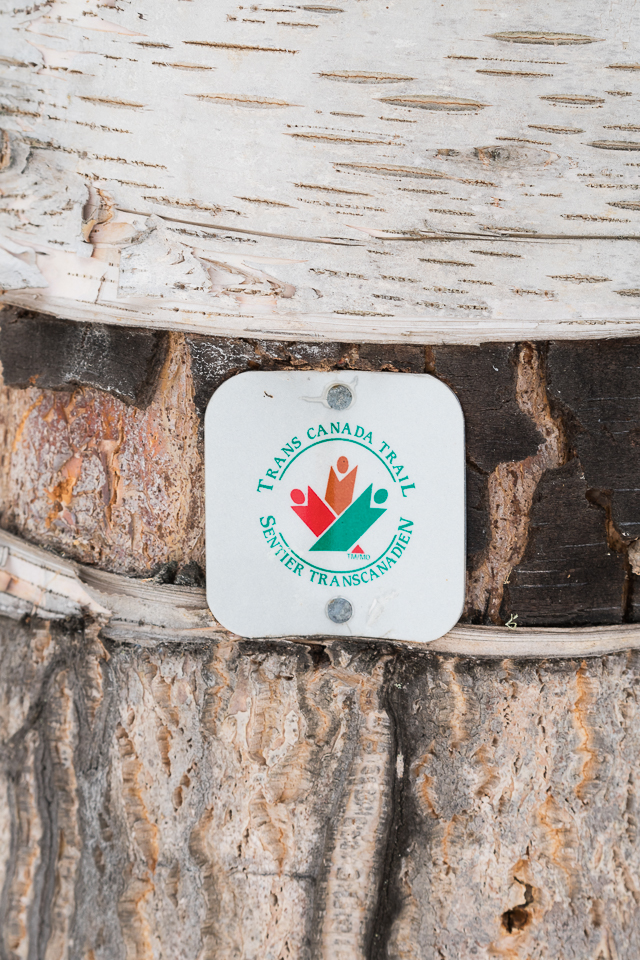
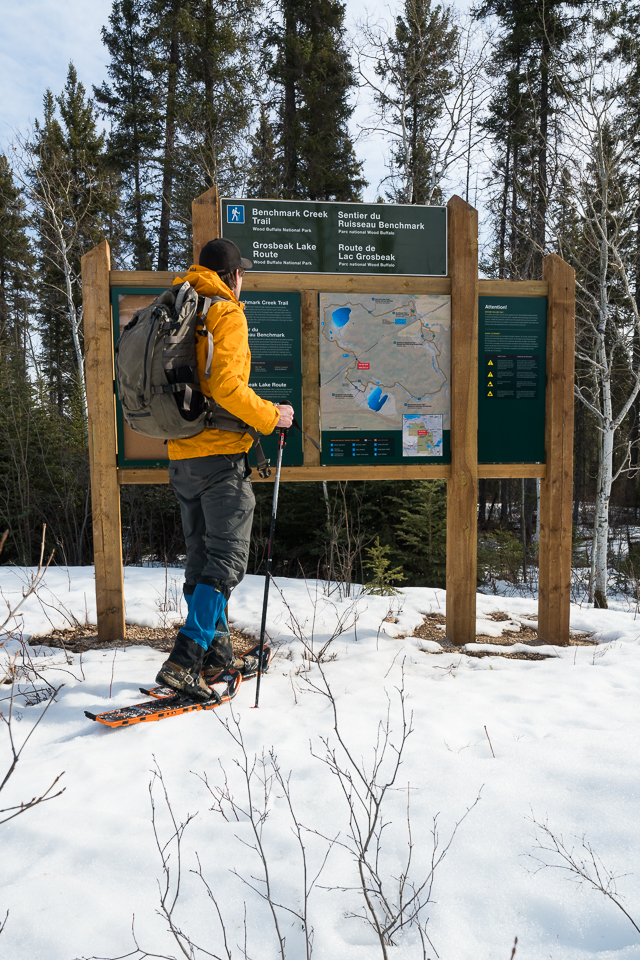
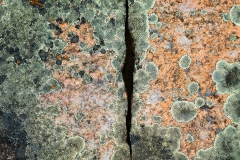
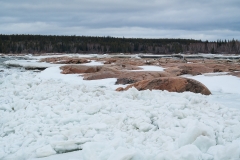
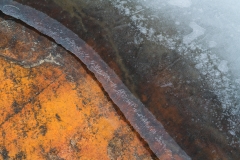
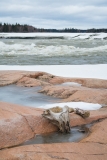
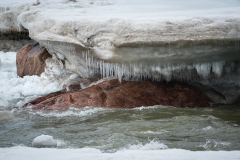
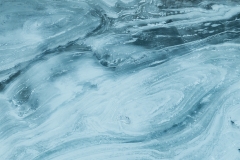
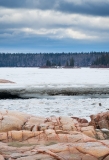
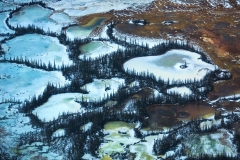
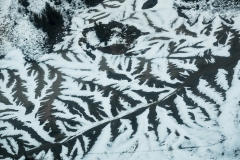
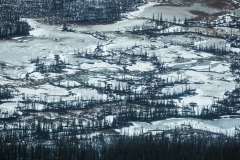
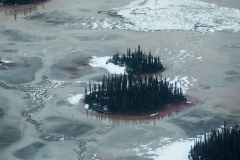
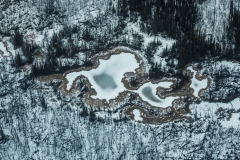
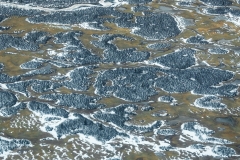
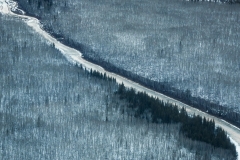
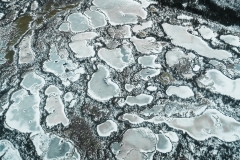
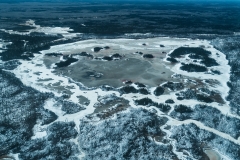
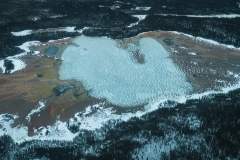
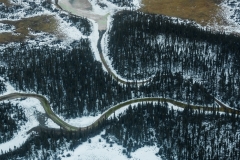
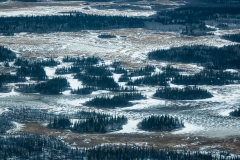
I enjoyed your blog. It proved to be the most comprehensive review I have come across. I was looking particularly for access points along the Peace River to explore the park at my leisure.
Your map proved helpful as well just to get an overview of possible entry points. thank your for the time you put into your writing. A worthwhile read!
Thanks Allan! I’m glad you got some ideas from it.